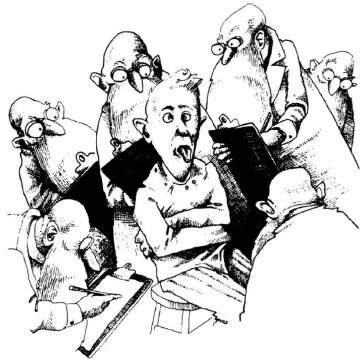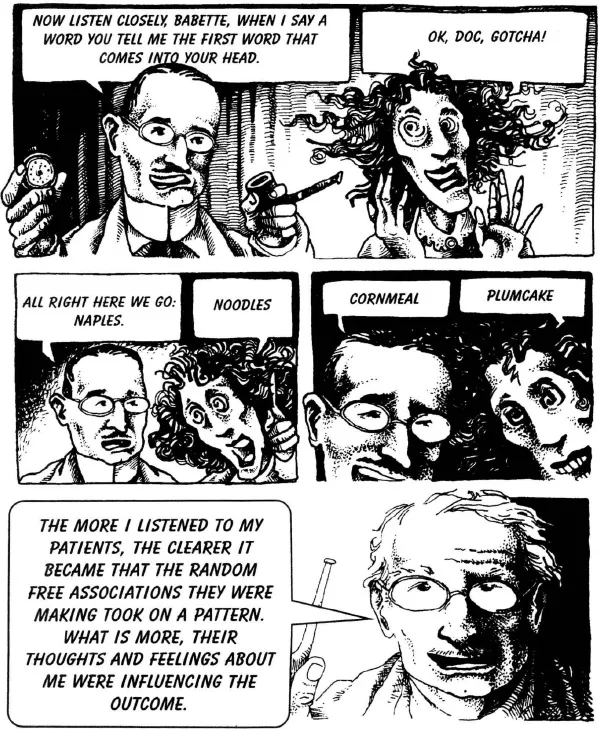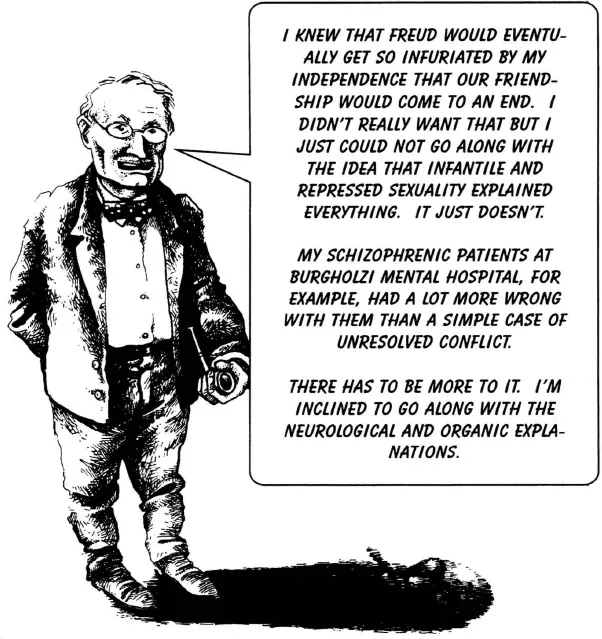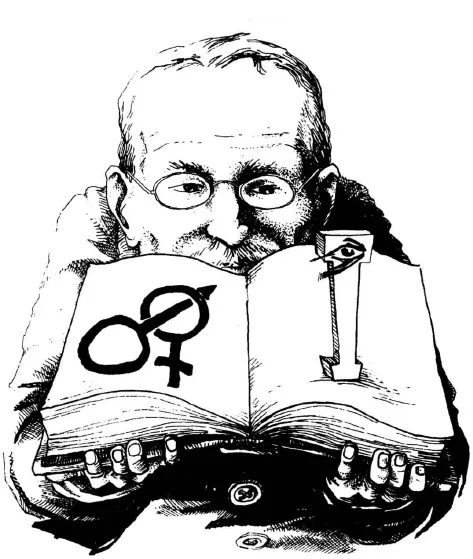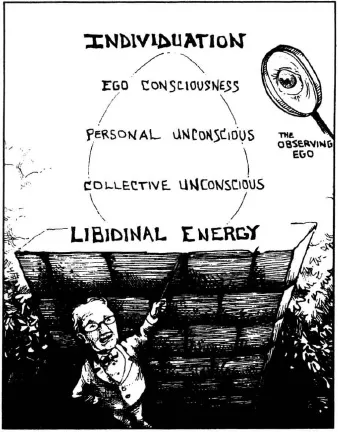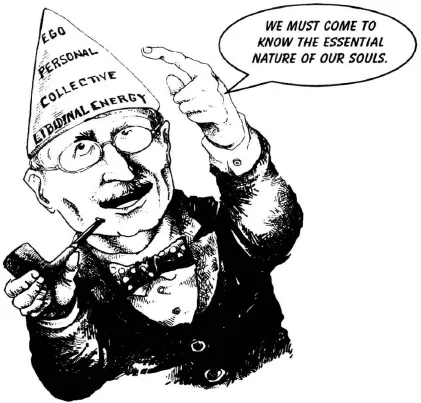![]()
JUNG: The work
Most books on Jung deal with his Nazi period by either ignoring it, minimizing it, or tucking it away neatly in an Appendix. The author of this book finds Jung’s Nazism too hideous to ignore, too enormous to minimize, and too reprehensible to bury in an Appendix. So I have begun this book by showing Jung at his worst.
Now, with that behind us (or hovering over us), let us take a look at the work that has made Jung one of the two pillars of modern psychiatry. Jung almost singlehandedly gave scientific respectability to Religion and Myth, to Intuition and Spirituality, to God and the gods. Freud, for all his brilliance, shrunk us until we were nothing but genitals with high I.Q.s. Jung, for all his flaws, gave us back our Souls.
![]()
JUNG: The work
Most books on Jung deal with his Nazi period by either ignoring it, minimizing it, or tucking it away neatly in an Appendix. The author of this book finds Jung’s Nazism too hideous to ignore, too enormous to minimize, and too reprehensible to bury in an Appendix. So I have begun this book by showing Jung at his worst.
Now, with that behind us (or hovering over us), let us take a look at the work that has made Jung one of the two pillars of modern psychiatry. Jung almost singlehandedly gave scientific respectability to Religion and Myth, to Intuition and Spirituality, to God and the gods. Freud, for all his brilliance, shrunk us until we were nothing but genitals with high I.Q.s. Jung, for all his flaws, gave us back our Souls.
The Foundations of Jungian psychology
he original followers of the Freudian Psychoanalytic movement tended to view the patient as a closed system. It was the analyst’s job to observe the patient and to record behavior. They operated under the assumption that the analyst’s own psychology was of little or no importance in influencing the patient or interpreting his words. This was an application, whole cloth, of the medical, surgical, scientific method as they had come to understand it. Jung’s initial approach to the study of the human behavior was very much influenced by the practice of psychiatry in his approach to experimental research. It was in this same spirit that he learned Freud’s methods.
Jung paid tribute throughout his long life to the importance of psychoanalysis in the scientific and therapeutic fields. He understood the nature of the psychodynamic method. He fully grasped the importance of transference in which the patient’s perceptions of the therapist are distorted by the patient’s external and internal experience most of which was motivated by powerful unconscious forces no longer available to conscious awareness.
But in spite of the similarities in their initial approach, Jung came to differ radically from Freud. The conflicts that separated them were serious and fundamental, especially regarding the relative importance of infantile sexuality and the psychology of religion. At the fourth International Psychoanalytic Congress in Munich, Jung had designated his own psychology as Analytic Psychology. One year later, Jung and his Zurich colleagues resigned from the International Psychoanalytic Association.
In most cases of psychosis the patient loses all sense of reality. The illness is so extreme that it has to involve the loss of other instinctual functions as well as the sex drive. But Freud would have us all maintain that reality is a function of sex. Clearly, the Libido that drives the engine of what makes us who we are must be redefined!
Some fourteen years would pass until 1928 when Jung, age 53, would publish his definitive volume, Two Essays on Analytic Psychology. Here he described his controversial conclusions. He discussed at some length how two different interpretations might be made of the same material; the sexual interpretation identified with Psychoanalysis, and the ego interpretation identified with individual psychology. He considered psychoanalysis to be “Extroverted” and analytic psychology to be “Introverted.” At the time, the distinctions between the various schools of analytic thought had not yet received the benefit of the “Ego Psychologists.”
Jung came to believe that both the analytic method and the educative method were particularly relevant to those patients who were in the “first half of life.” But there was more that could be done for the patient in whom Jung was most interested, those who had entered the “second half of life.”
![]()
The Structure of the Psyche
ung’s idea of the human psyche and its structure is grounded in Freudian psychology and in many respects parallels classic psychoanalytic thought. But Jung was not a systematic thinker and his writing does not present the neat linear pattern of his predecessor. The illustration that follows presents a holistic picture of the human soul as Jung came to understand it:
This illustration should be envisioned as a kind of three-dimensional cone rather than a flat pyramid. The very top represents the “conscious ego” or the immediate knower of what is going on as we come to understand it through the senses. This is a relatively small part of the experience of being and includes all of those aspects of reality that are available to immediate recall: memories, knowledge of facts, pl...


